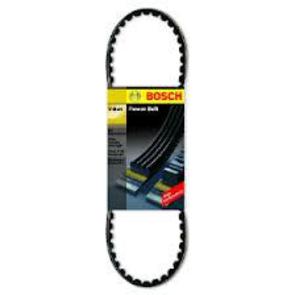When it comes to the smooth operation of a vehicle's suspension system, one component that often goes unnoticed is the control arm bushing. These small but mighty components play a crucial role in maintaining stability, comfort, and control while driving. From absorbing road vibrations to providing a pivot point for the control arm, control arm bushes are the unsung heroes of a vehicle's suspension system.
Control arm bushes, also known as control arm bushings or A-arm bushings, are cylindrical rubber or polyurethane components that sit between the control arm and the vehicle's frame or subframe. The control arm is a vital part of the suspension system, connecting the wheel assembly to the frame of the vehicle. It helps to control the movement of the wheels, allowing for smooth steering and stable handling.
The primary function of control arm bushes is to provide a flexible connection between the control arm and the vehicle's chassis. They act as a cushioning and damping element, absorbing vibrations, bumps, and road irregularities, thereby enhancing the overall comfort of the vehicle. By reducing the transfer of these vibrations to the frame, control arm bushes contribute to a quieter and more enjoyable driving experience.
Another critical role of control arm bushes is to provide a pivot point for the control arm. As the vehicle's suspension system works to absorb shocks and maintain stability, the control arm bushes allow the control arm to move up and down while maintaining its position relative to the frame. This freedom of movement is essential for the suspension system to adapt to changing road conditions and cornering forces.
Control arm bushes are subject to significant stress and wear over time. They endure constant movement, exposure to road debris, heat, and various weather conditions. The gradual deterioration of control arm bushes can lead to a range of issues, including increased noise and vibration, imprecise steering, uneven tire wear, and compromised handling and stability. In severe cases, worn-out control arm bushes can even cause the control arm to shift out of its intended position, leading to dangerous driving conditions.
To ensure optimal performance and safety, it is crucial to regularly inspect and replace worn or damaged control arm bushes. Signs of wear include cracks, tears, excessive movement, or separation of the rubber from the inner metal sleeve. If any of these signs are present, it is advisable to have the control arm bushes replaced by a qualified mechanic.
When replacing control arm bushes, it is essential to choose high-quality components that meet or exceed the original specifications. Polyurethane bushings are known for their increased durability and improved performance compared to standard rubber bushings. However, it's important to note that polyurethane bushings may transmit more noise and vibration to the vehicle's cabin, compromising some of the comfort benefits provided by rubber bushings.
In conclusion, control arm bushes may be small in size, but their impact on a vehicle's suspension system is significant. They provide a crucial connection between the control arm and the chassis, absorbing vibrations, providing pivot points, and ensuring stable and controlled handling. Regular inspection and maintenance of control arm bushes are essential for a smooth and safe driving experience. So, the next time you enjoy a comfortable and stable ride, remember to appreciate the unsung heroes—the control arm bushes.
For More Info:-






Comments